Now we know how to save money if we have some dispensable income to dedicate to our garden, but what if you don’t. Let’s see how we can create a permaculture project completely free. The difference from having the financial resources, and doing it for free is really only about time.
A great benefit of doing it for free is, you become an intimately involved stakeholder. You learn every step along the way, which prepares you for the future much better than if you have outsourced all the work.
Without further ado, let’s see how you can start a permie garden for absolutely FREE!
Make Your Own Permaculture Design
If you are doing your project for free, you will not be hiring a permaculture designer, that’s for sure. Learn the process of permaculture on your own, and apply it in increments.
You will make a few mistakes, but if you follow the permaculture principles, these will only benefit you and your permaculture garden project in the future.
Join a Community Garden
Another option that is occurring more and more is to find a community garden and planting vegetables in a collective. This has some great advantages like more hands make for less work, and it’s a nice social event that you can make a part of your everyday life.
This is a great way to grow your own food and meet cool people, this is a very important part of permaculture. Many community gardens have embraced permaculture much more extensively.
Enrich Your Soil for Free
If you happen to have a piece of land, then you are ahead of the game. All you need now is to create a rich soil. You can do this for free by building your own compost using mulch like grass clippings and your own vegetable food scraps.
If you don’t have your own bit of land there are still options. If you only have a patio or even a window sill, you will need to create a container garden. You will still need soil.
You can go to a forest or vacant bit of land and fill some sacks with soil and bring it home. Again make the soil fertile by using what others dispose of by creating compost.
DIY Fertilizer
Again you can create your own nutrients by using your own food scraps. If you don’t produce enough, have a look through the grocery store or even restaurant garbage bins, collect the vegetable scraps that they throw away.
I bet if you ask nicely they will give them to you before it hits the bin. You can always find dead leaves, and even grass clippings around, these are important to mix into your veggie scraps for a well-balanced compost. Coffee grounds are another great natural fertilizer to collect and mix in.
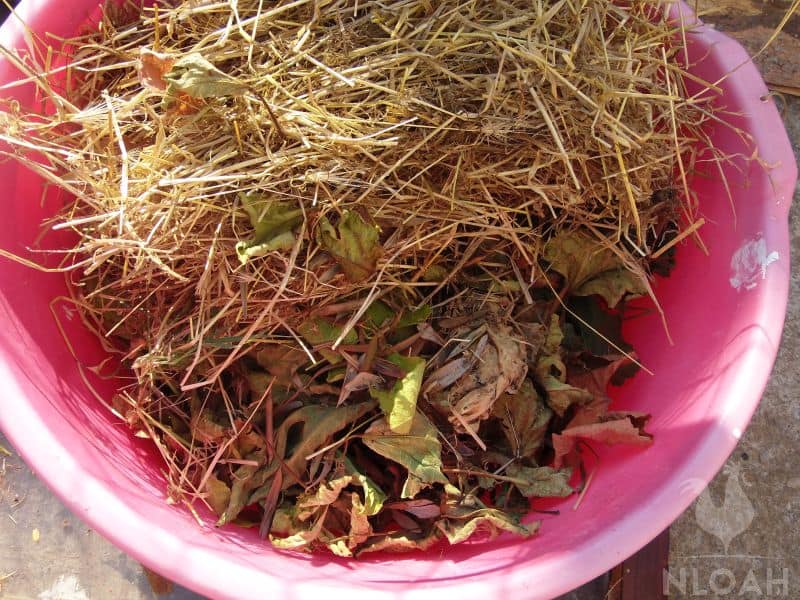
Get Free Tree Cuttings
No need to buy trees. Decide what trees will be the most beneficial for your project, and find people who are growing them. Most people who are permaculture-minded will help by giving you cuttings and information on how best to propagate (growing from a cut branch) them.
It’s a part of permaculture to share and help others to live more sustainably. If time is no issue, start some of your trees from seed. Depending on the type of tree, some grow quite quickly.
Growth rates of trees and shrubs are determined this way:
- Slow, grow up to 12 inches per year
- Medium, grow up to 13 to 24 inches per year
- Fast, grow more than 25 inches per year
Free Shrubs
You can follow the same method with shrubs as you do for trees. The other nice thing about shrubs is you can grow them quite easily from seeds. Start your shrubs from seeds inside in the fall; they will be ready to plant outside by spring.
Some shrubs can also be classified as trees; it’s up to you how much you decide to prune them. Again, it’s all time and patience.
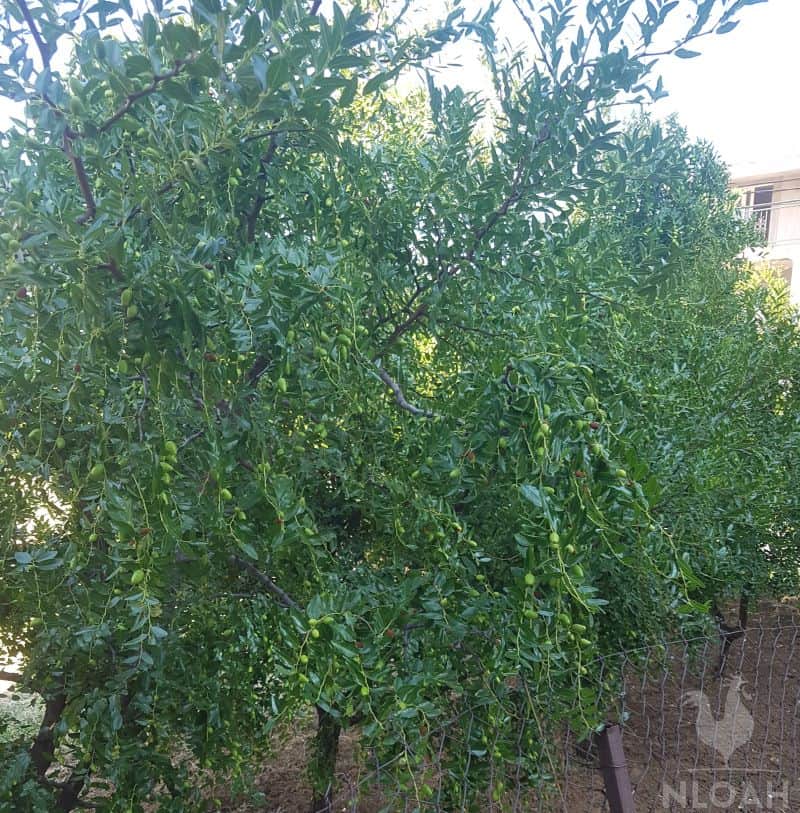
Pesticides and Herbicides
Though proper planning and planting you should never need to pay for a single herbicide or pesticide.
There are countless ways you can also use everyday products to make your own pesticides and herbicides, i.e. water and dish soap or water and tobacco for the tiny insects like aphids under the leaves works great, baking soda and water deter weeds.
- Soap and water pesticide. 1 part soap to 10 parts water. Spray under the leaves.
- Tobacco and water. 1 part tobacco juice (1/2 cup of tobacco dust in 1 liter of hot water for 24 hours, then strained) to 20 parts water. Spray the entire plant.
- Baking soda and water. Shake the baking soda out of the box coating the weeds, then water them.
Plant to attract the beneficial insects that eat the bad ones. Research the plants that do this best.
Things to plant that attract beneficial insects. Some of these you might think of as weeds but they are not:
- Dandelion
- Queen Anne’s lace
- Coriander
- Dill
- Fennel
- Mint
I only mention 6 of the most easy to obtain for free, and that you can also use in the kitchen. There are dozens more.
hese will attract bugs like the ladybug, hoverflies and parasitic wasps (most wasps are good for your garden). All these insects will eat the ones that like to eat your veggies.
Free Seeds
Again there are multiple ways to get seeds for free. Keep all the seeds from your waste and plant them, or dry them and save them. You can find seed exchanges and trade what you have for other vegetable seeds you don’t have.
Again try to obtain as many perennial seeds as you can. A few perennials to look for are; Asparagus, Rhubarb, Horse radish, watercress and Jerusalem artichoke. These are of few of the best ones but there are dozens more.
Oftentimes at seed exchanges, you will also find plant swaps. If you already have some success with a certain plant, take a few of them with you, and swap them for what you don’t have.
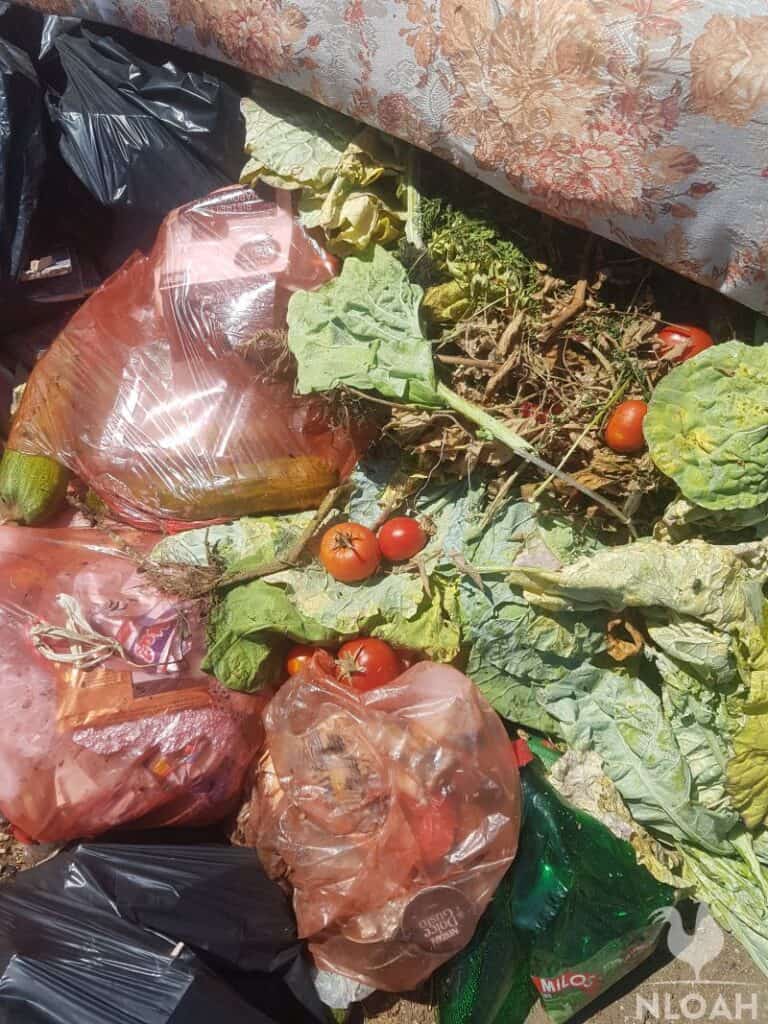
Free Grow Beds
No need to go out to purchase new lumber to build grow beds. Once you come up with a design and a size, start looking around for old pallets these are easy to turn into grow boxes.
At construction sites they take all the old wood used in forms or just scrap to the landfill; ask if you can take some. Take your time, it’s quite amazing how, when you need something for a well-intended purpose it will appear.
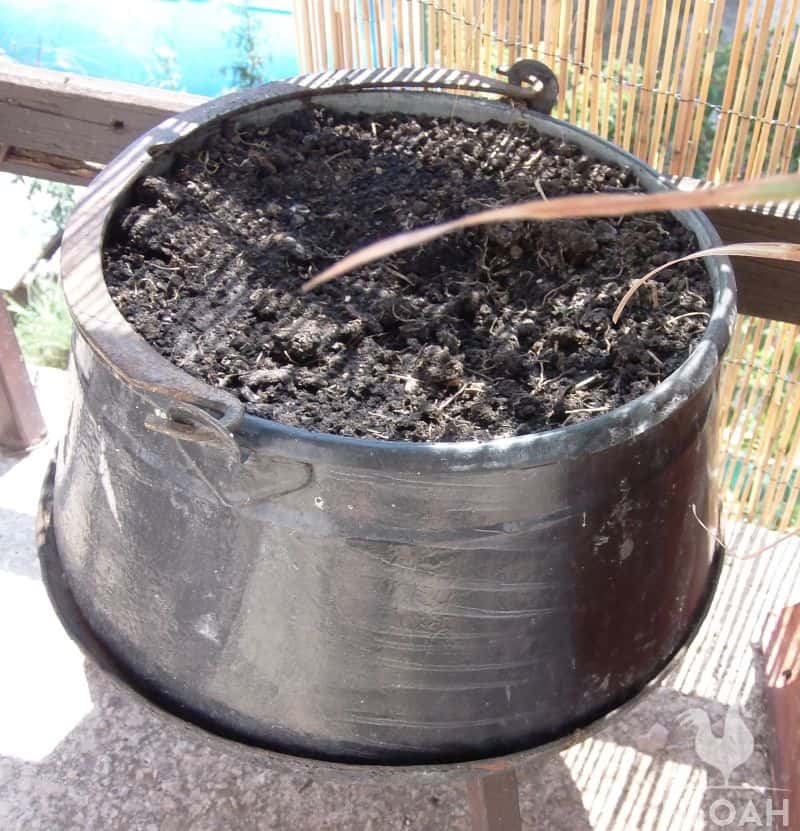
Free Planters / Pots
You will find these for free at almost any dumpster or garbage you come across, just make sure they were not used to hold any harmful chemicals, and cut them to accommodate your plants. It might be a bucket that is cracked at the top, but it will still hold soil.
Your local nursery is guaranteed to be throwing out a lot of useful items. Just make sure you politely ask first. Some people are funny about their garbage.
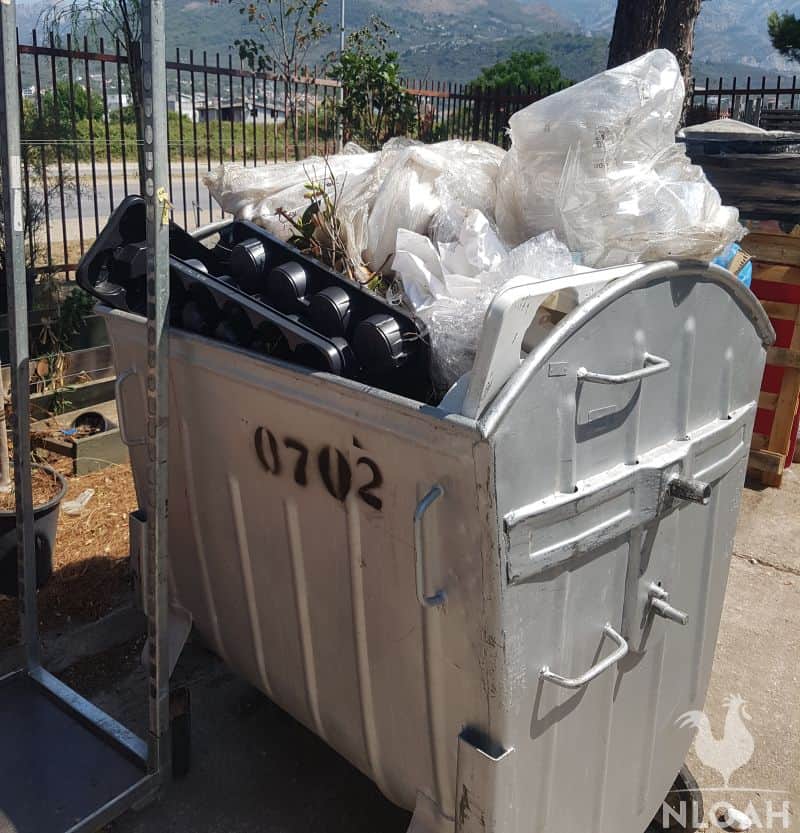
Free Water
Water comes free from the sky, just collect it by whatever means you can. If there is no rain for months, find a river or pond, and get water from there, even if you have to haul it one pail at a time.
If you plant properly and use mulch, your water requirement will be greatly reduced. The mulch on top of the soil around your plants prevents a lot of evaporation, keeping your plant roots moist for longer.
Animals
If you are lucky enough to live in an urban setting that allows animals, you have a big advantage. A few chickens or quail will put your garden way ahead. They not only supply you with protein in the way of eggs and meat, they also provide fertilizer and pest control.
The best and probably the only way to get free chickens is to find old (laying) hens and roosters that other homesteaders don’t want to cull. They’ll be happy for you to take them off their hands.
Build a chicken or quail coup that you can move, put it over where you are going to plant for a couple weeks, feeding them with kitchen scraps. This will provide excellent fertilizer, and make a nitrogen rich soil base in which to plant.
Check with your local and district authority before getting animals. More and more municipalities are now allowing people to have a certain number of chickens or other fowl.
Wrap-Up
Growing your own source of food is one of the most important fundamentals of permaculture. Starting from scratch will certainly take you longer, but the results will be worth it.
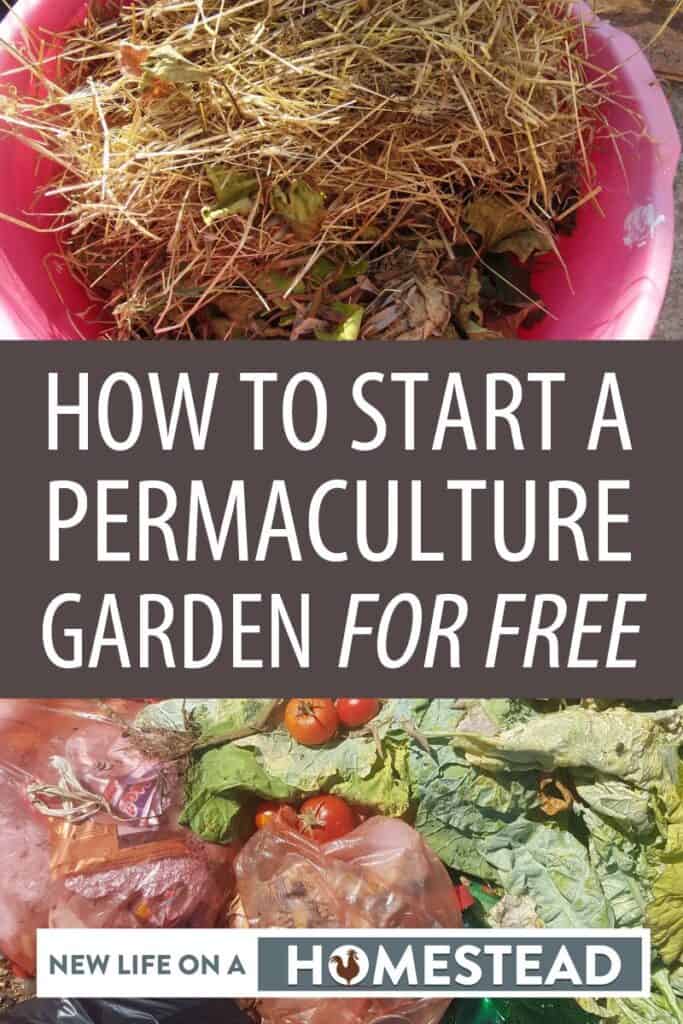

Dirk is Canadian permaculture designer with a certificate from Tagari farms, studying under the tutelage of the legends and founders of permaculture Bill Mollison and Geoff Lawton. Dirk has been doing permaculture for more than 20 years, initiating and managing projects in Cambodia, Madagascar, Montenegro, and Vietnam. He’s been helping people use permaculture techniques in growing their own food, and in leading more sustainable lives across the world.
